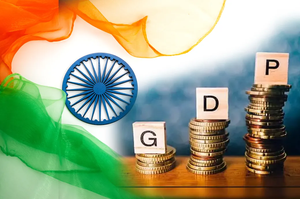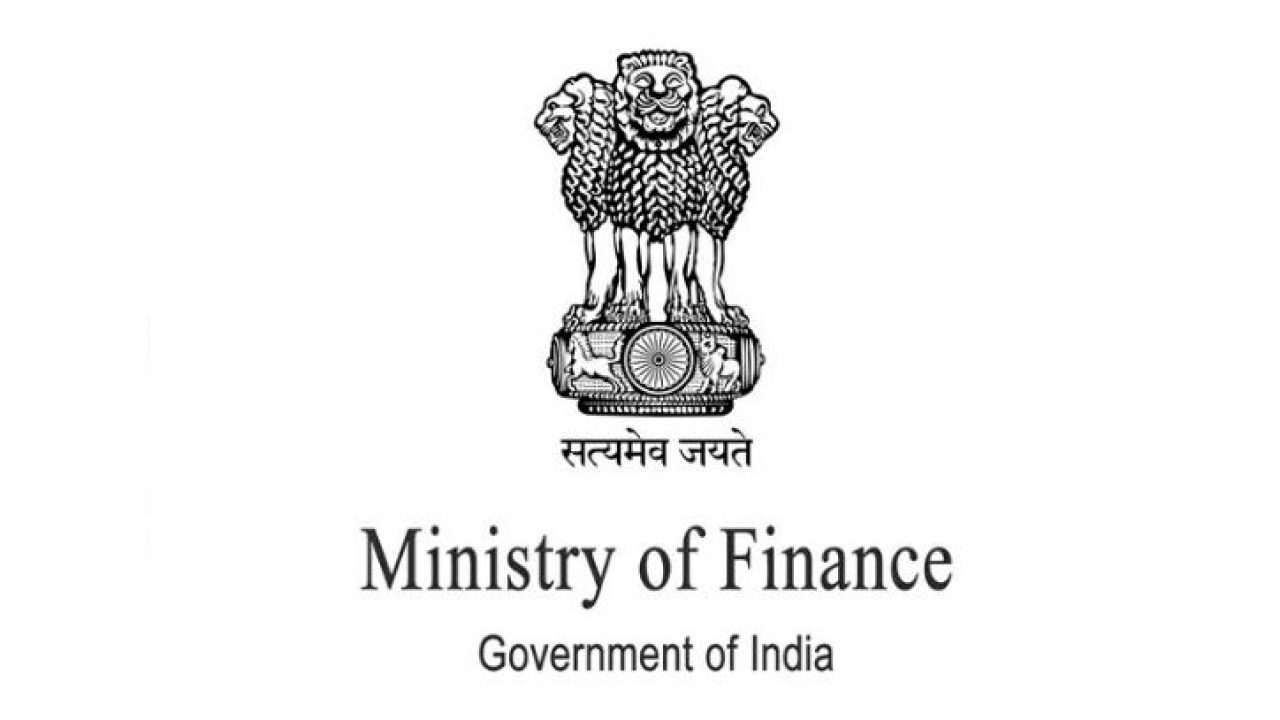
New Delhi, Feb 18: India’s GDP is expected to grow at 6.6 per cent in the October-December period of 2024-25, which is slower than the corresponding figure of 8.6 per cent for the same quarter of 2023-24, but remains robust with support from agriculture, government spending, and services, according to a Bank of Baroda report released on Tuesday.
The increase in the government’s capital expenditure (capex) is a major driver of economic stability while the financial sector and rural demand show resilience, the report points out.
It states that the government’s capital expenditure has increased significantly to 47.7 per cent in Q3FY25 (up from 24.4 per cent in Q3FY24) which has led to an increase in construction activity in sectors such as highways, ports and railways resulting in more jobs and incomes being created in the economy.
The report highlights that the financial sector remains positive with higher credit and deposit growth while rural demand is improving, which is reflected in rising tractor and two-wheeler sales.
Agriculture growth is expected to accelerate to 4.5 per cent during the third quarter, up from 0.4 per cent in Q3 FY24. The improvement is due to better foodgrain production and robust rabi acreage, according to the report.
The report pegs the overall growth in the services sector for the third quarter of the current financial year at 6.9 per cent, only slightly lower than 7.1 per cent in Q3FY24
Trade & hospitality are expected to grow at 6.9 per cent, supported by the “experience economy”, while the financial sector growth is expected to grow at 6.5 per cent.
The report also points out that manufacturing and industrial growth are moderating, partly due to a high base effect. It expects industrial growth to moderate to 5.9 per cent, down from 10.2 per cent in Q3FY24.
Manufacturing growth is expected to slow to 6 per cent in the third quarter of the current financial year from 11.5 per cent in the same period of the previous year, affected by a high base effect and lower corporate earnings (especially in crude oil, steel, and auto sectors), the report adds.
The mining sector growth is also expected to come down to 3 per cent from 7.5 per cent in the year-ago period.
The report also highlights the downside risk from uncertainty in the global economy due to geopolitical tensions, trade wars, and economic fragmentation.
India’s economy remains strong but is impacted by global challenges, with pressure on the currency and external sector, the report added.
–IANS






